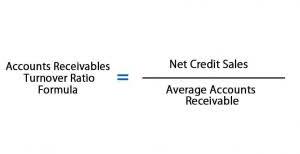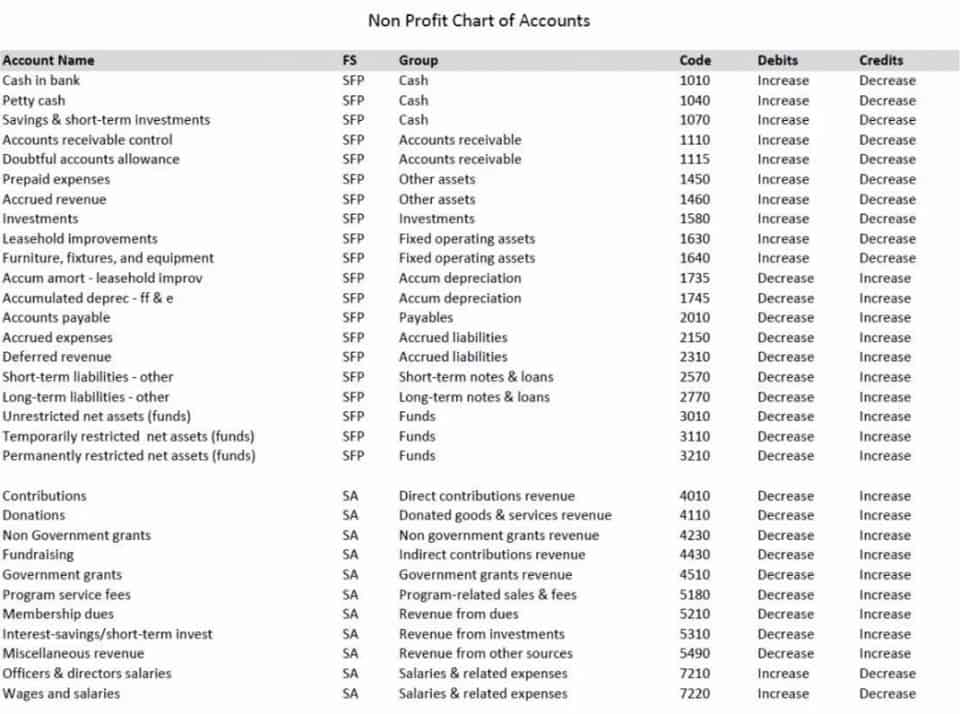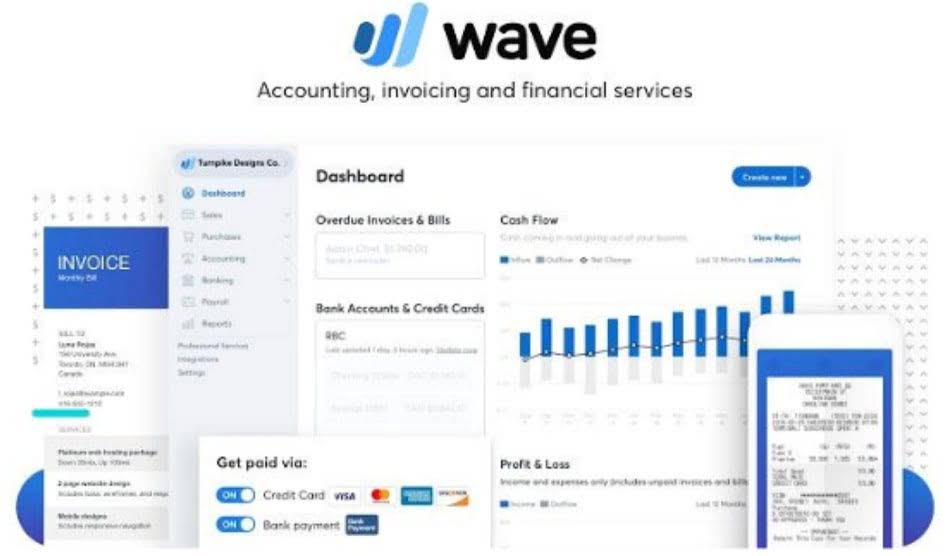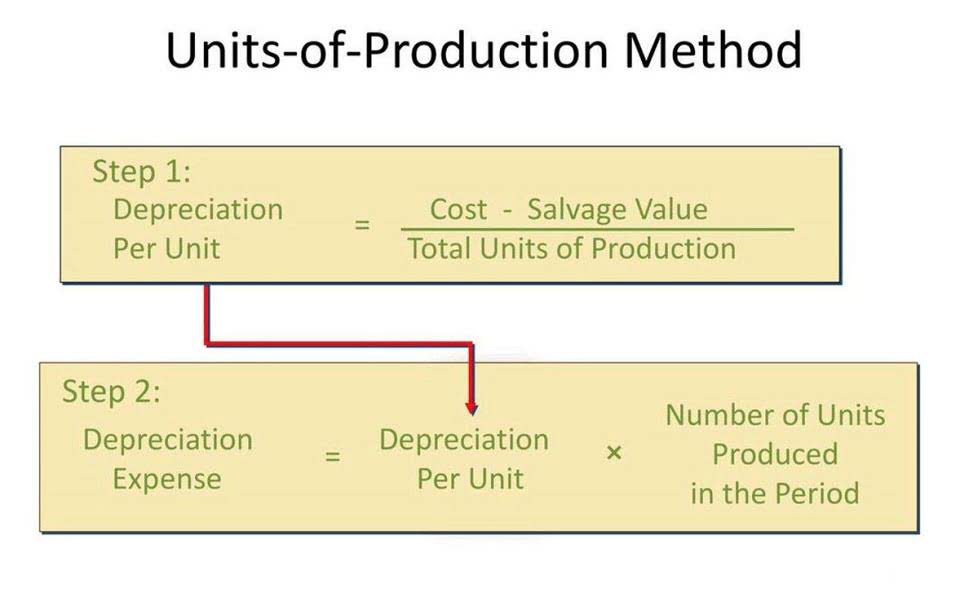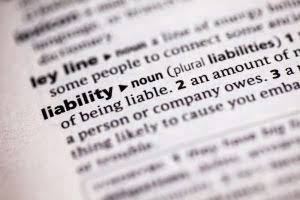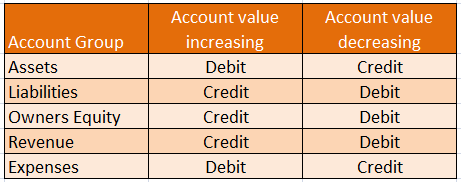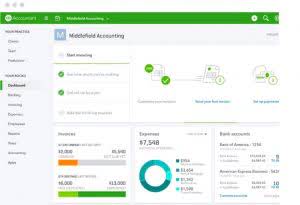Board members are appointed by the FAF’s board of trustees for five-year terms and may serve for up to 10 years. The London-based International Accounting Standards Board (IASB), founded in 2001 to replace an older standards organization, is responsible for the International Financial Reporting Standards (IFRS), which are now used in many countries throughout the world. In recent years, the FASB has been working with the IASB on an initiative to improve financial reporting and the comparability of financial reports globally. They’re offered by governments to raise funds to pay for their day-to-day operations and major projects such as building infrastructure and schools. The money is returned to the purchaser at the bond’s maturity date and interest is paid regularly during the period of ownership.
What Are Municipal Bonds?

The FASB was given the task of establishing financial and reporting standards with its establishment in 1973. The Committee on Accounting Procedure, which was also established under AICPA, set accounting standards from 1939 to 1959. In 2009, the FAF launched the FASB Accounting Standards Codification, an online research tool designed as a single source for authoritative, nongovernmental, generally accepted accounting principles in the United States.
GAAP and Private Companies
The organizations also educate stakeholders on how to understand and implement the standards most effectively. The Governmental Accounting Standards Board (GASB) creates and maintains standards for accounting by state and local governments through the implementation of the generally accepted accounting principles (GAAP). This provides investors, consumers, and legislators with a level of confidence that the financial reporting of applicable companies is true, transparent, and reliable. The GASB convenes consultative groups and task forces to ensure that diverse opinions are considered.
How the Financial Accounting Standards Board (FASB) Works

The FASB was formed in 1973 to succeed the Accounting Principles Board and carry on its mission. The Financial Accounting Standards Board has the authority to establish and interpret generally accepted accounting principles (GAAP) in the United States for public and private companies and nonprofit organizations. GAAP is a set of standards that companies, nonprofits, and governments should follow when preparing and presenting their financial https://www.bookstime.com/ statements, including any related party transactions. The GASB, which is similar in function to the FASB, was established in 1984 to set accounting and financial reporting standards for state and local governments across the United States. Collectively, the organization’s mission is to improve nonprofit financial accounting and reporting standards so that the information is useful to investors and other users of financial reports.
GASB issued an Invitation to Comment for public feedback in June 2022 that provided users of government financial statements with critical information about vulnerabilities for risk and disclosure for state and local governments. The belief is that GAAP financial statements are widely understood by lenders and investors. Black is classified in public accounting and Previdi is classified as a financial statement user. The GASB states that each member brings “a unique perspective to the Board through different work experiences and areas of expertise.” The FASB is governed by seven full-time board members, who are required to sever their ties to the companies or organizations they work for before joining the board.
What Is the Financial Accounting Standards Board (FASB)?
- Many of these governments follow GAAP but some use other methods of accounting.
- Both groups are important sounding boards to ensure that the GASB makes the best decisions for the taxpayer, finance, and business communities.
- The GASB is primarily funded by accounting support fees paid by brokers and dealers who trade in municipal bonds.
- The GASB convenes consultative groups and task forces to ensure that diverse opinions are considered.
- Consultative groups perform research for agenda items concerning accounting and financial reporting standards.
- The GASB is subject to oversight by the Financial Accounting Foundation (FAF) Board of Trustees, which selects its board members, and by the FASB.
The board’s mission is to promote clear, consistent, transparent, and comparable financial reporting for state and local governments. The Federal Accounting Standards Board (FASB) does the same for the federal government. Taxpayers, holders of municipal bonds, legislators, and oversight bodies rely on this financial information to shape public policy and to invest. The Governmental Accounting Standards Board (GASB) is a private non-governmental organization that creates accounting reporting standards or generally accepted accounting principles (GAAP) for state and local governments in the United States.

The GASB’s Mission

Public companies must adhere to 10 principles and abide by GAAP standards. AICPA has designed an accounting framework for small and medium-sized businesses. In addition, the FASB has established the Private Company Council as an alternative framework within GAAP. In 2016, the SEC hit Monsanto with an $80 government and nonprofit accounting million penalty for failing to accurately reflect the cost of rebates according to GAAP rules. It has also punished companies who put a shine on their earnings statements by highlighting non-GAAP financial measures “without giving equal or greater prominence” to comparable GAAP financial measures.
- In 2009, the FAF launched the FASB Accounting Standards Codification, an online research tool designed as a single source for authoritative, nongovernmental, generally accepted accounting principles in the United States.
- The GASB uses an open and independent process that encourages broad participation from all stakeholders.
- A “basic view” version is free, while the more comprehensive “professional view” is available by paid subscription.
- The Governmental Accounting Standards Board (GASB) creates and maintains standards for accounting by state and local governments through the implementation of the generally accepted accounting principles (GAAP).
- The London-based International Accounting Standards Board (IASB), founded in 2001 to replace an older standards organization, is responsible for the International Financial Reporting Standards (IFRS), which are now used in many countries throughout the world.
- The Federal Accounting Standards Board (FASB) does the same for the federal government.
Governmental Accounting Standards Board (GASB): Mission and Functions
According to the FAF, the tool “reorganizes the thousands of U.S. GAAP pronouncements into roughly 90 accounting topics and displays all topics using a consistent structure.” The website also provides relevant Securities and Exchange Commission (SEC) guidance on those topics. A “basic view” version is free, while the more comprehensive “professional view” is available by paid subscription. Errors and omissions can impact a company’s credibility with lenders, investors, and other parties who rely on financial statements for an accurate picture of a company’s finances. The SEC does not take a kind view of companies that fail to conform to GAAP. In 2019, it fined Hertz (HTZ) $16 million for reporting items that were not consistent with GAAP. The GASB uses an open and independent process that encourages broad participation from all stakeholders.












